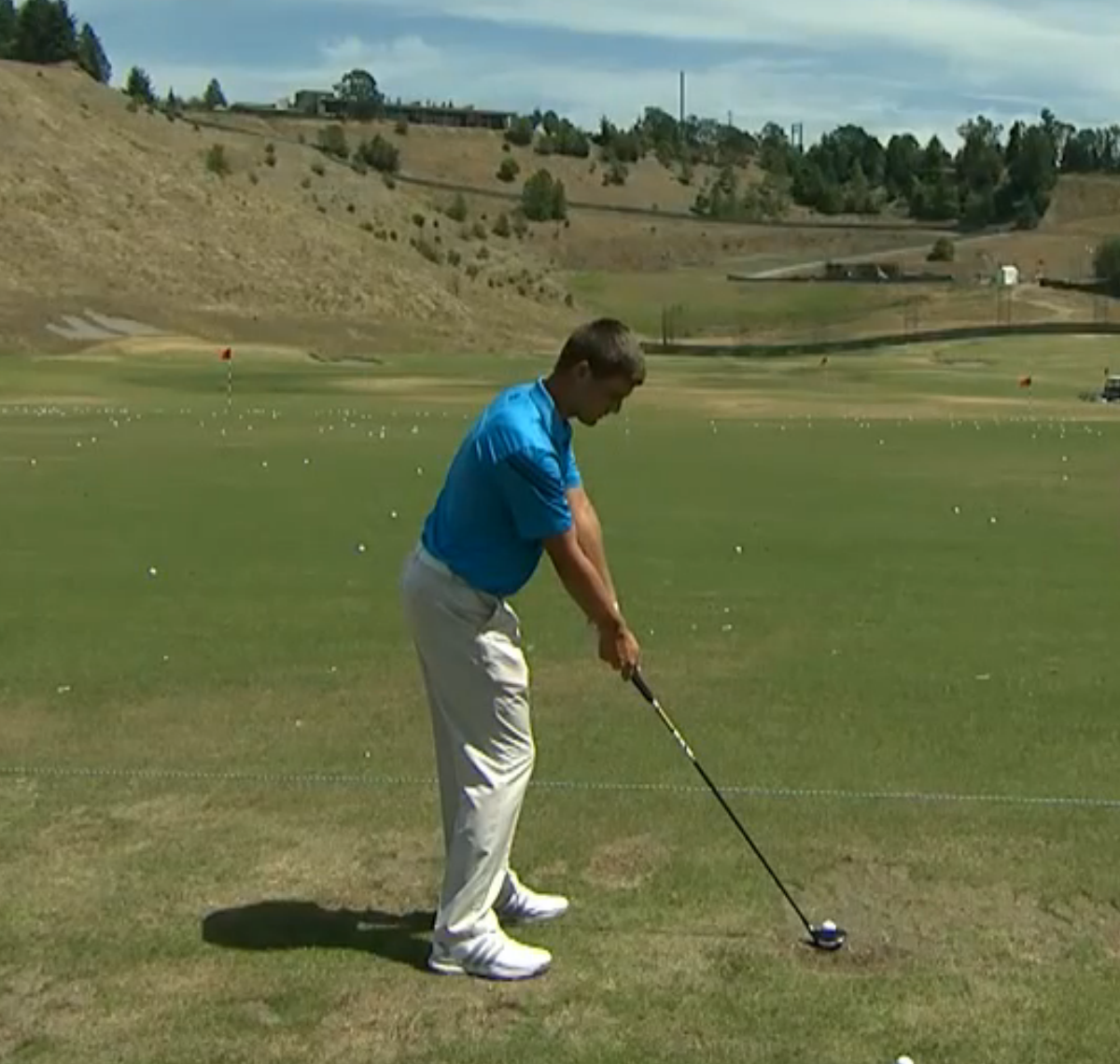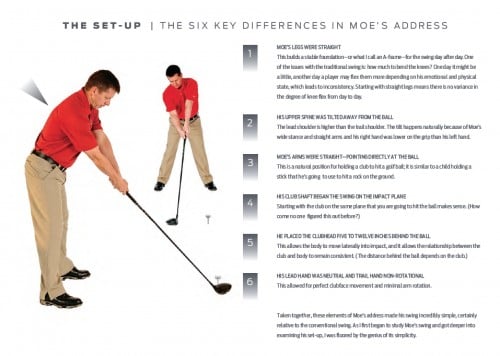A great golf swing is a fine achievement” – Moe Norman
If you and I met in person, there is one thing that I am sure you would immediately recognize – I am passionate about the golf swing. Nothing gets me more excited than what Moe called “the purity of technique”.
Moe did his best to describe the swing: “In and Up”, “Its like a pendulum” and “My arms move underneath me”.
As difficult as it may seem to many, I continue to believe that the golf swing is simple. The body is connected as you rotate in the backswing as your arms move back and up. Then, you stabilize into your lead leg and rotate through as your arms follow though impact. The golf swing is a rotational movement as the arms move around the body. The club follows this movement and gains speed as you continue to rotate.
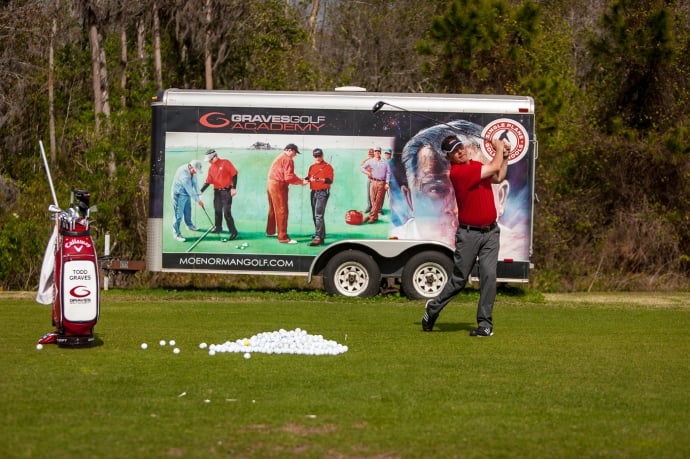
Moe would often hit 800 balls per day
The golf swing is only Simple if you build it properly.
I don’t believe that learning body movement is easy however. This is because a golf swing is like a house. Its a skill that you construct. It’s an art form that you practice and refine. Moe considered a great golf swing a “fine achievement”. I agree. A golf swing is an achievement because you have to earn it by moving your body.
Most students ignore this very important fact and make a mistake in the first moment they touch the grip of a golf club. They start learning to swing (move their bodies) by swinging at a ball. They want to live in the house before its built.
Teaching the body to move is an important part of building your swing.
One thing I teach my students to help build their great swings to find ways to teach themselves the movements that they are practicing. I often recommend rehearsing the movement to get the feel of the motion.
If you were a good carpenter you would most likely learn from the mistake that most aspiring carpenters make. They measure and make a cut just fraction to short – a costly mistake especially if they are using expensive lumber. They soon learn to measure twice and only cut once.
Rehearsing the golf swing is the golf students way of measuring. However, rehearsal goes beyond just measuring. It involves the bodies nervous system triggering new neuro-pathways in the same way that a child learns to walk. The key to rehearsal is to ensure that you are rehearsing the correct movement so that you can learn to feel what to do. In this way you are using movement to program the body connection to the brain.
But what exactly is feel?
I have yet to find anyone who can define feel or locate it in the body – yet everyone feels their body move. Feel is actually based on a point of reference. For example if something “feels different” you are actually making a comparison to what “feels normal”. Normal is the neuro-program in your brain that already exists. When you change your movement – it feels different because you are engaging “new” parts of your body sending signals to your brain that are outside of your familiar programed network.
Feel is when you move beyond your normal.
Making new movements is the key to change. This is why changing your golf swing is uncomfortable and usually leads to regression in your ball-striking. Keep in mind that I use the term regression only to describe ball-striking results. When you change you are improving your movement. This alters the sequencing of your body too. When you change the sequencing of your body it affects your timing into impact – thus making it difficult to hit the ball well. You will overcome this short-term regression through practice and repetition where you create a newly learned sequence that produces better results.
This takes time.
If I ever experience any frustration with students it shows in the form of impatience. Students want results but they haven’t completed the building process. They expect results when they haven’t finished the construction. When students get too frustrated my brother Tim always says:

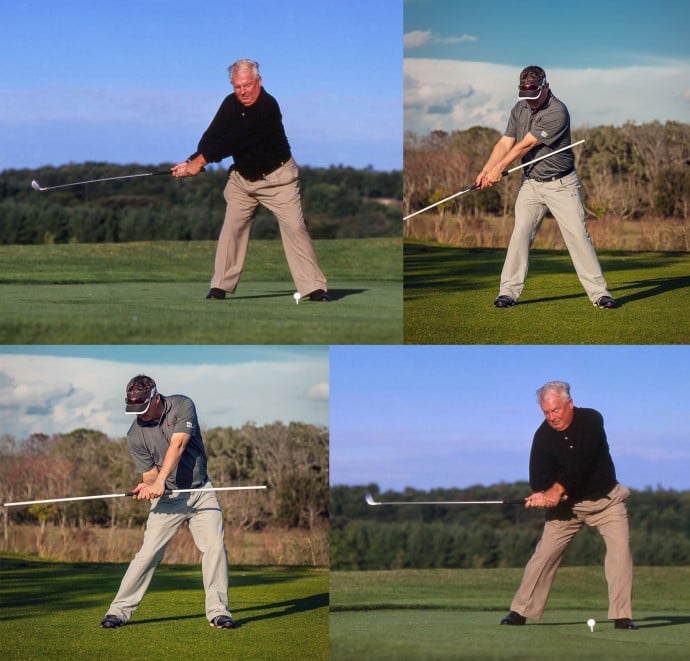
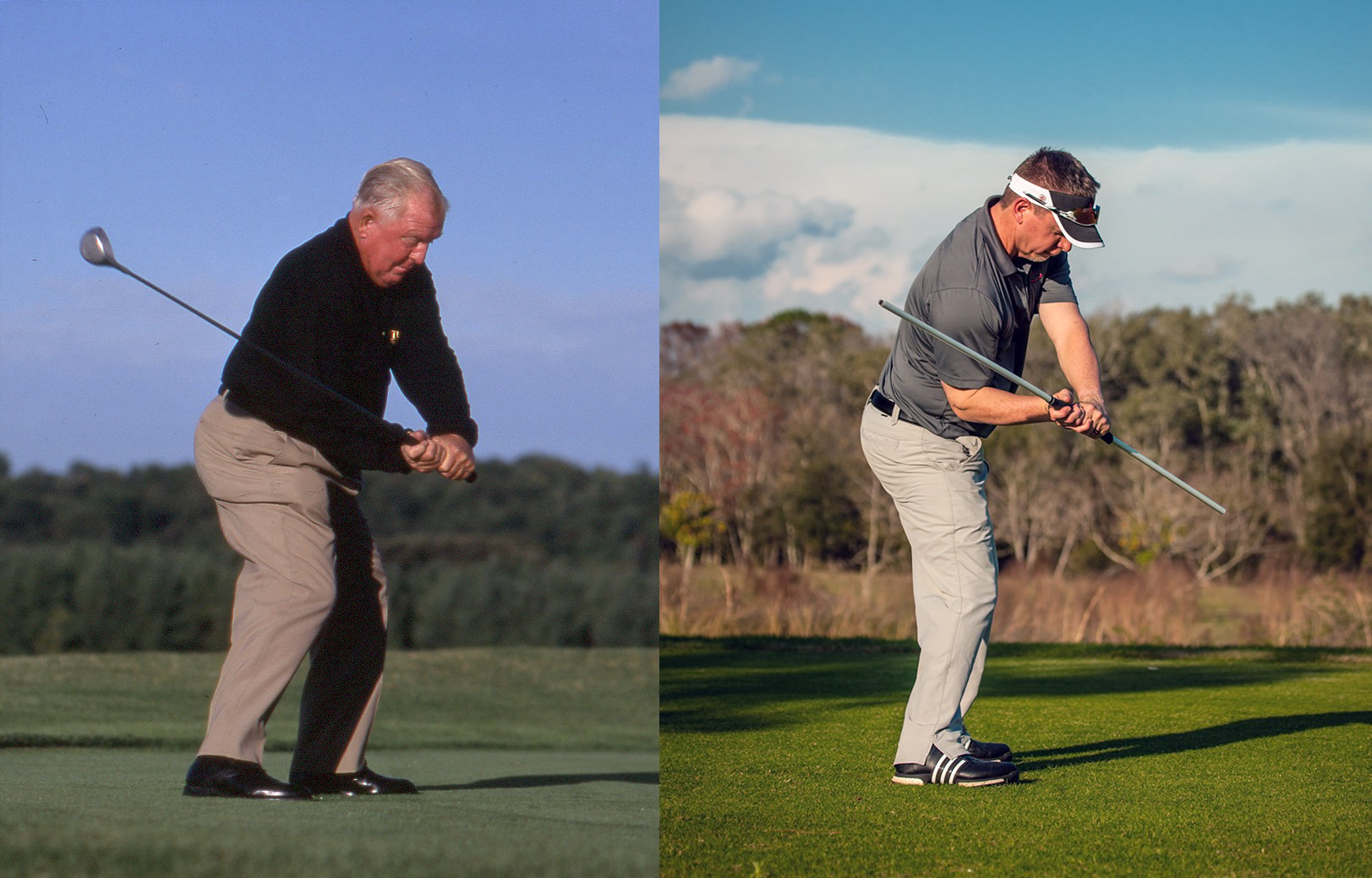
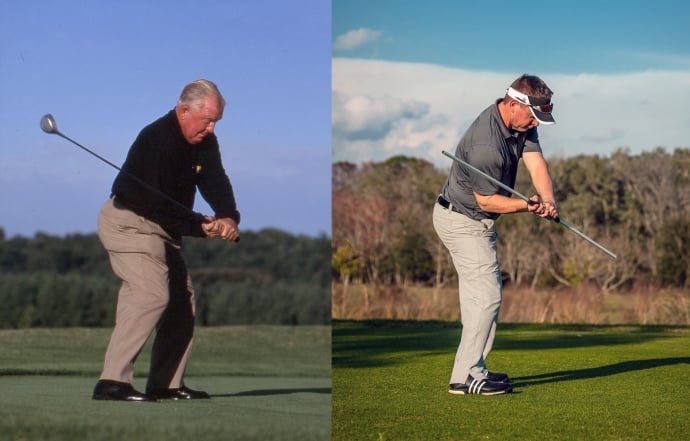
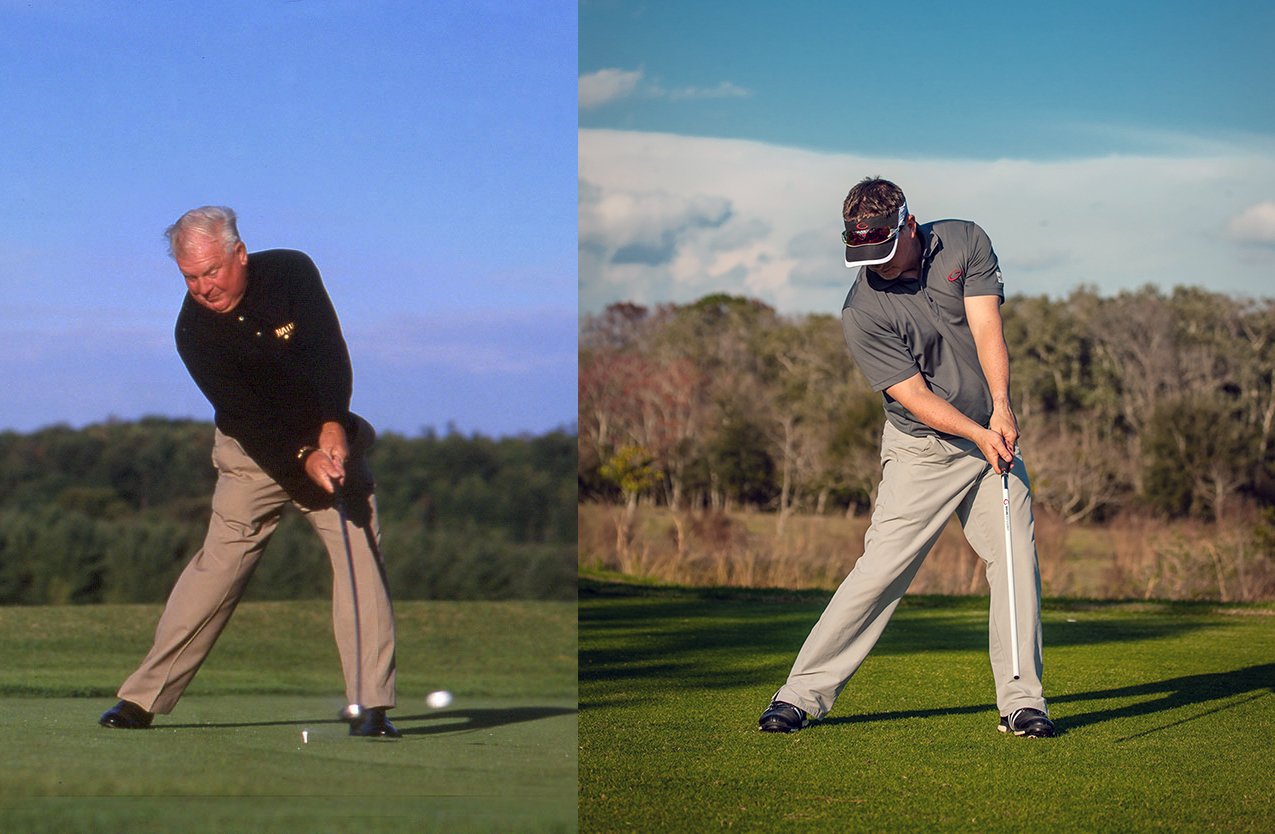
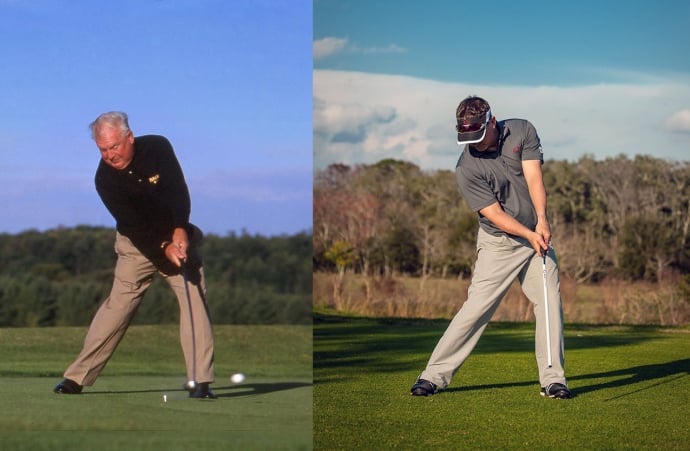
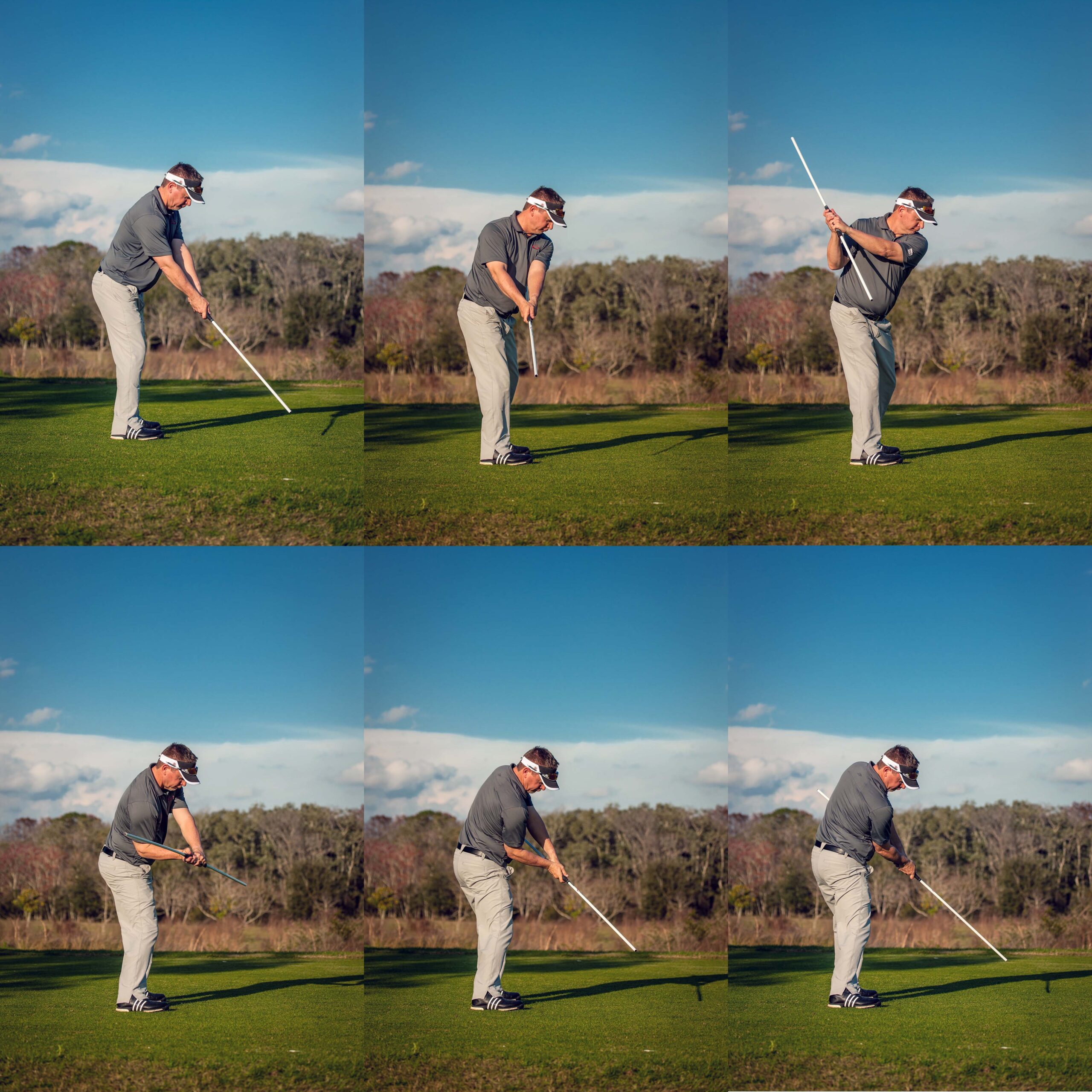
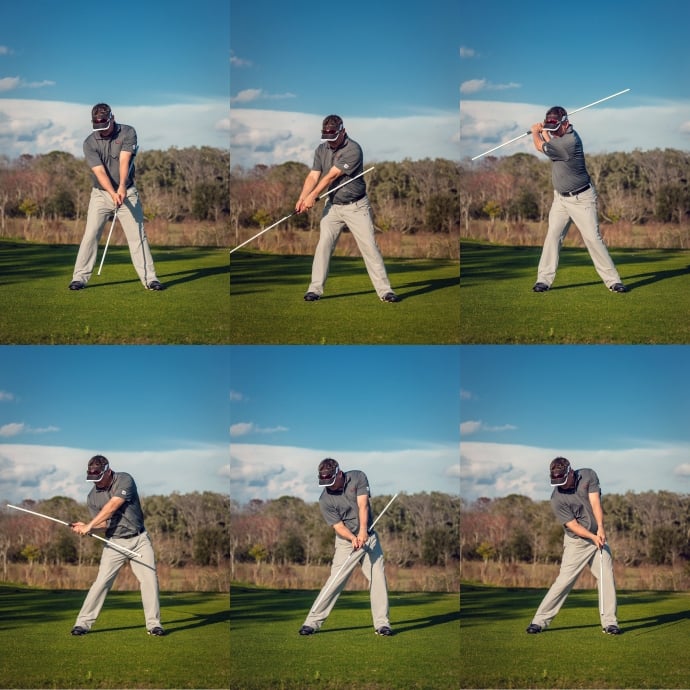
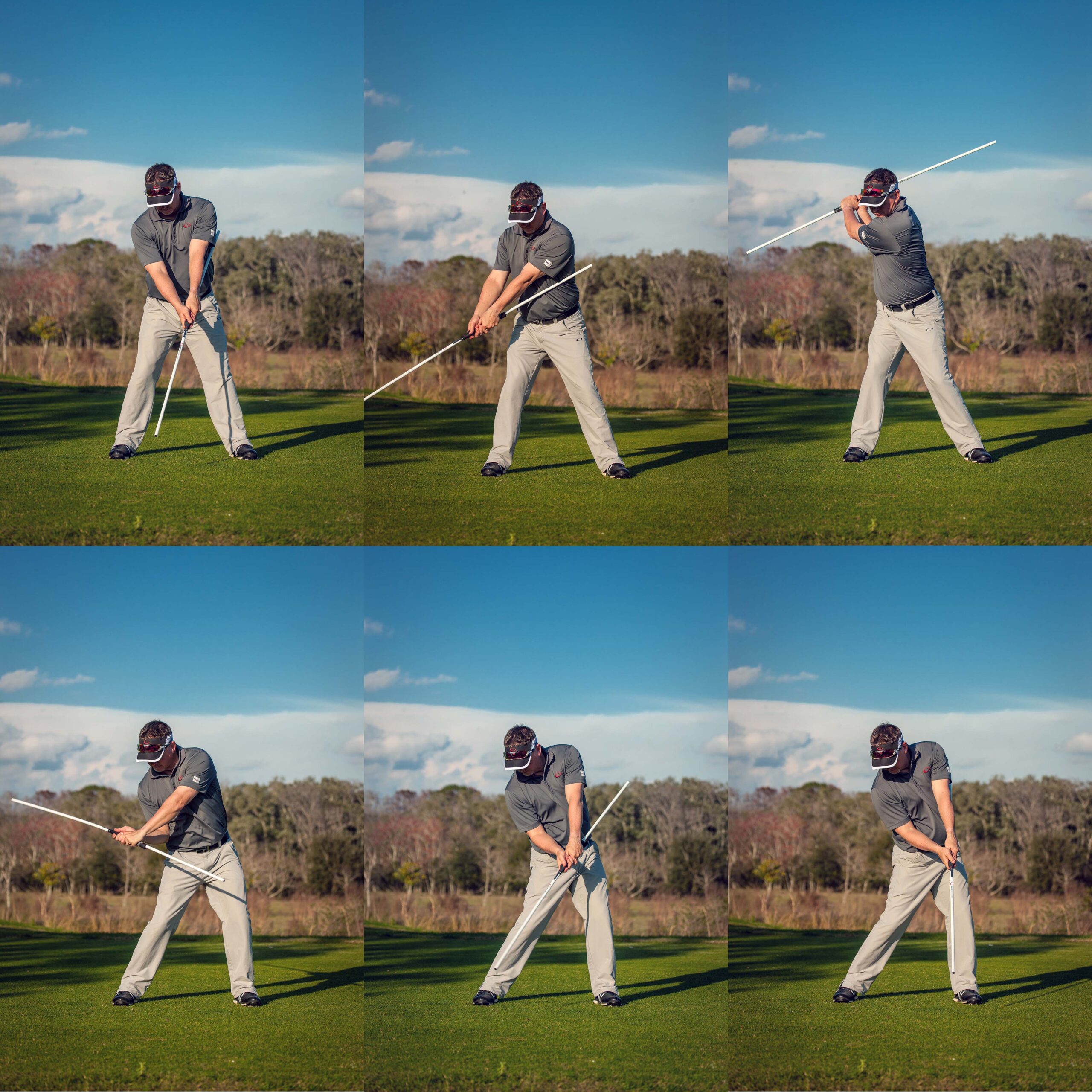
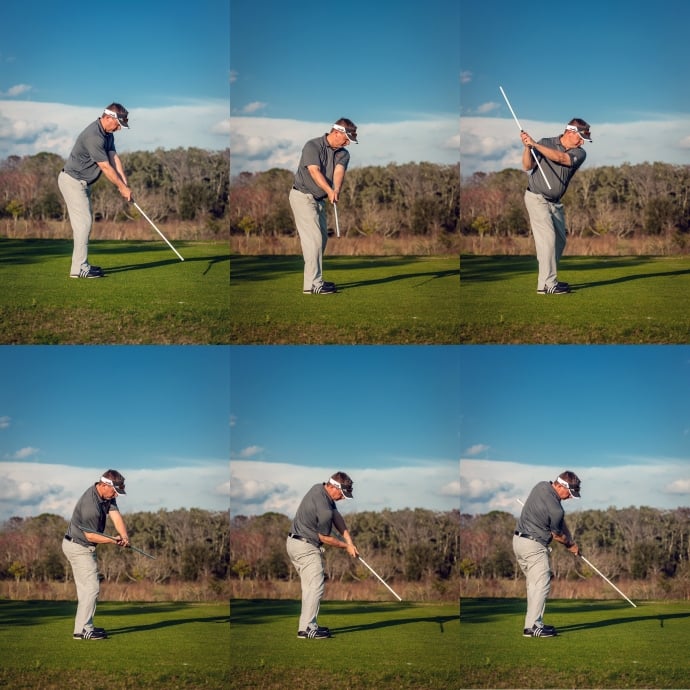
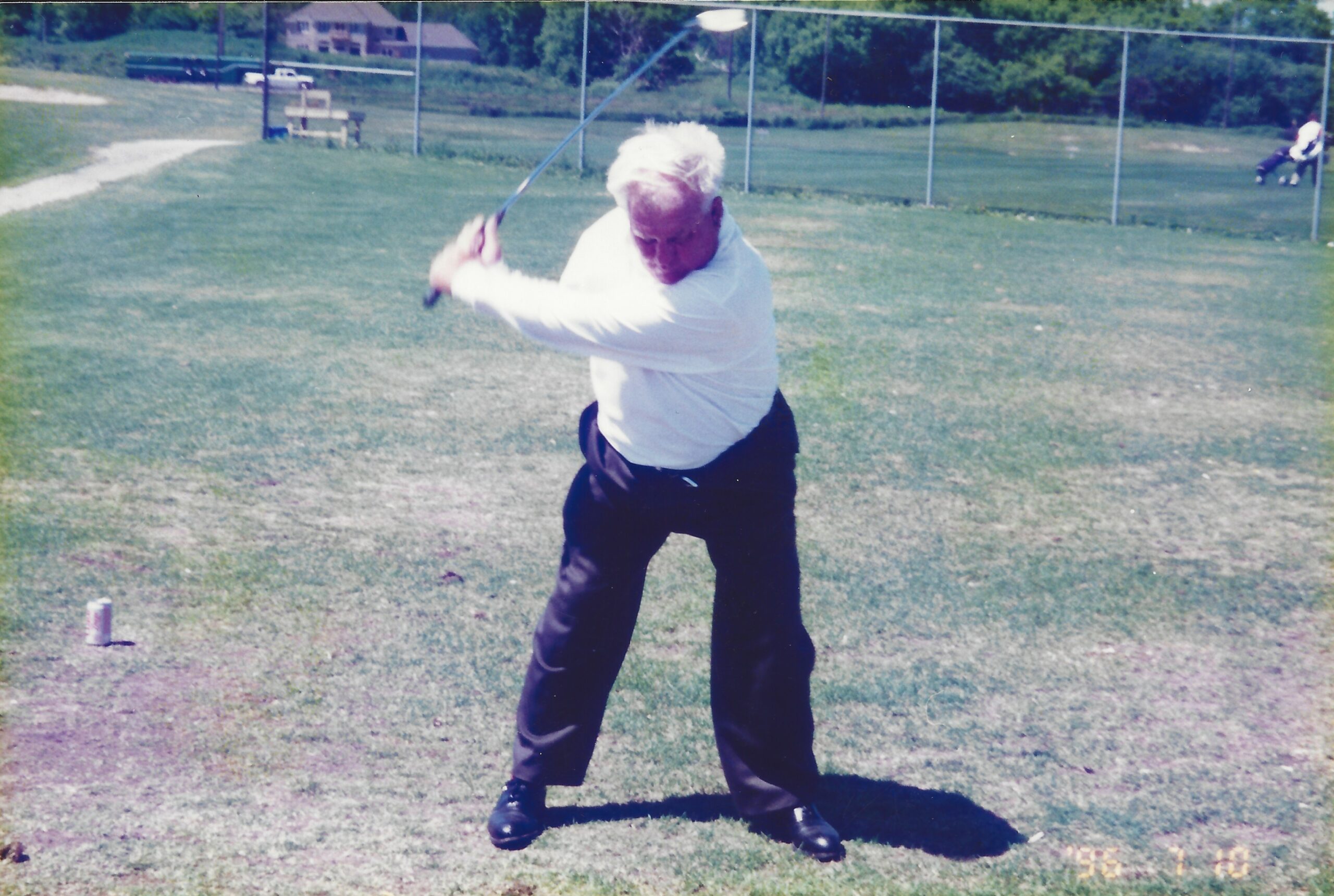
 y that allowed Moe to move maximal and masterfully.
y that allowed Moe to move maximal and masterfully.